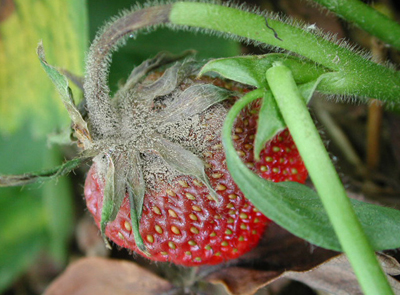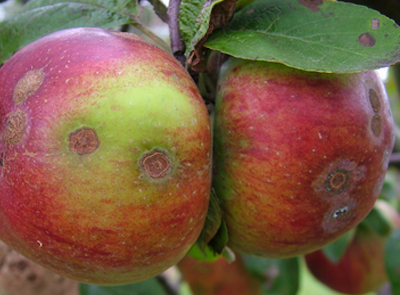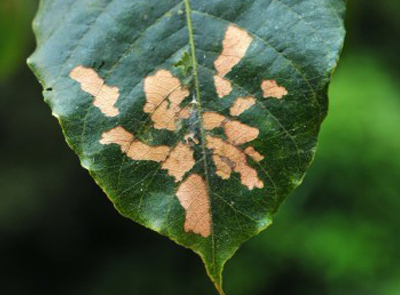Common Plant Diseases

We spend so much time in our garden, nurturing our plants and ensuring everything looks it’s best. So it is extremely frustrating when our plants develop diseases. We put all of our time into our garden, only for these pesky attacks to come along and ruin everything!
We’ve compiled a list of the most common plant diseases in the UK and how to fix them to help you combat these problems.
Powdery Mildew
Powdery mildew appears as a white powder on the leaves, stems and buds of the plant. Luckily, on well established plants this disease won’t cause too much trouble. It is a result of a fungal disease which is caused by the plant being too dry at the roots while there is damp air around the top of it. To combat the problem, remove dead leaves in autumn to stop the spores from over wintering. Use mulch to trap moisture and stop the roots from becoming dry.
Honey Fungus
Honey fungus can refer to many different types of fungi that will attack your plants by killing the roots of many woody and perennial species. They often appear as white fungal growths between bark and wood on ground level. They can also appear on infected stumps in autumn. To stop honey fungus from spreading, we suggest using a physical barrier buried in the soil to block the disease from spreading. To get rid of the existing honey fungus, you must dig it all up and destroy the organism through burning or landfill. This includes the infected root and stump areas.
Rust
Rust can be seen on many different types of plants. It is characterized by orange pustules forming on the underside of leaves. It usually develops in damp places but can take some time to show, so can easily go unnoticed. This causes plants to become weak. To fix the rust, remove all affected leaves and use a fungicide on badly affected plants.
Grey Mould
Grey mould can been seen when a fuzzy grey mould which is a common problem on many ornamentals and soft fruit. This could be blackberries, raspberries, strawberries or similar. It often becomes a problem when plants are grown under glass or in humid conditions. To aid the problem, improve ventilation and ensure that plants aren’t planted in an overcrowded manner. We would also suggest removing the affected areas immediately.
Apple Scab
Apple scab is a fungal disease that causes dark, scabby marks on the fruit and leaves of apples. It is often spread by airborne spores and can survive the winter through fallen leaves. To stop the scab from spreading, prune out smaller shoots which appear blistered and dispose of any leaves and infected fruits on the ground as this will reduce the fungus in the following season. However it is difficult to completely stop the disease as these spores can be blown for long distances to there is always a risk of infection. There is the option to use fungicides however this will mean you cannot consume the fruit of the tree.
Coral Spot
Coral spot is characterized as pink pustules found on the branches of woody shrubs and trees. It is a fungus that spreads through rain and watering, living mainly on dead wood. Coral spot must be treated quickly so it is not fatal. To fix this, you must heavily prune the plant, cutting off all affected areas. These cuttings must then be burnt to stop the disease from spreading.
Fungal Leaf Spot
Fungal leaf spot can be spotted through the grey-brown spots that appear on the leaves of the plants. These spots join together to create larger dead patches. This can be caused by a range of fungi and is a sign of stress within your plant. These spots will not fatally harm your plants. We suggest you cut out the affected areas. You should also take into consideration whether your plant is happy in it’s current position and whether it is getting too much or too little water.
Diagnose your problem, treat the disease and then prevent it from happening again!
Have you got any top disease-busting tips? Let us know in the comments or on Facebook!
Did you enjoy this article? Read our other blog posts here.







